French Air and Space Force Rafale fighters are among the aircraft taking part in a power-projection exercise including operations over Sweden, which joined NATO a little over a year ago. The latest edition of the Pégase (Pegasus) drill comes as European NATO members look at bolstering their deterrence capabilities independent of the United States, with France very much at the center of these discussions. Notably, the maneuvers are also being accompanied by an exercise in which French military aircraft have been rapidly dispersed to alternative airfields, something that would be required in a large-scale conflict with Russia, for example.
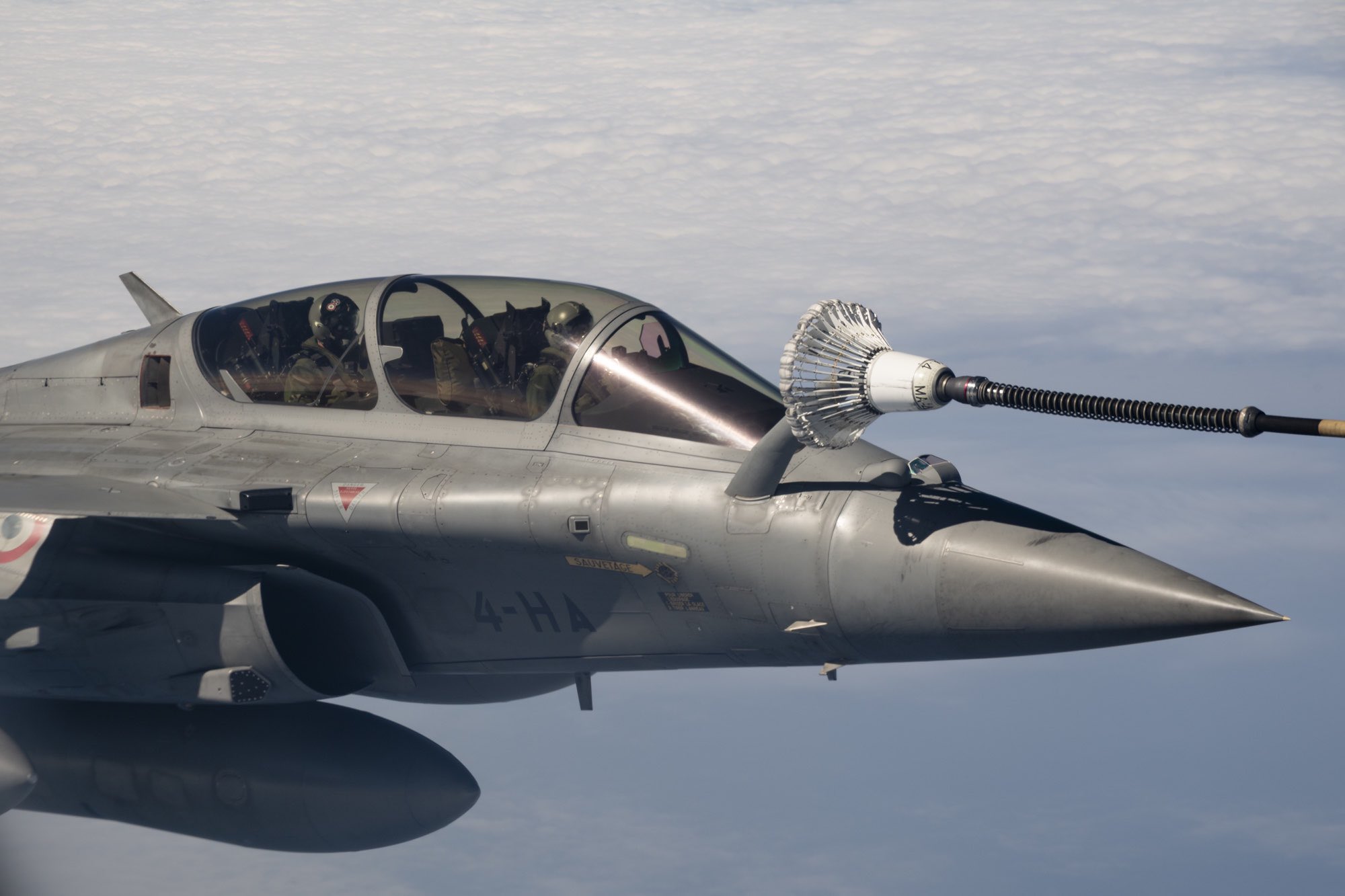
The French Air and Space Force today published details of Pégase 25, which saw aircraft launch from the airbases of Mont-de-Marsan, Istres, Saint-Dizier, and Orléans yesterday. The aircraft involved comprise six Rafales, two A400M transports, and a single A330 Multi-Role Tanker Transport (MRTT), known locally as Phénix.
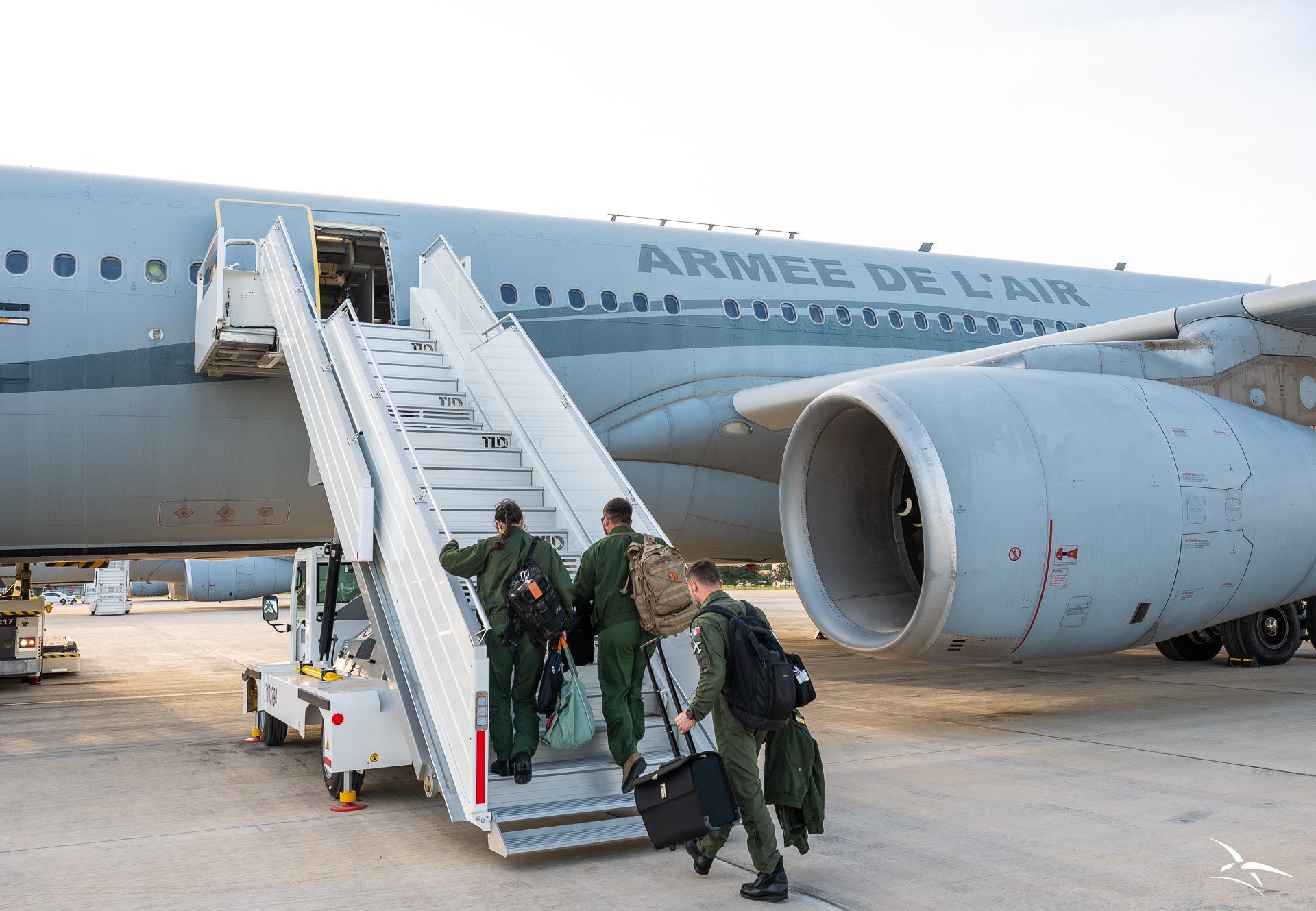
The Pégase Grand Nord phase, described by the service as “an unprecedented edition of our annual power-projection mission,” saw these assets heading for Sweden and “demonstrating the Air Force’s ability to deploy rapidly, far, and autonomously.”
Notably, the French Air and Space Force described this as a strategic exercise, designed “to assert our presence, strengthen our partnerships, and demonstrate our commitment to European security, alongside our allies.”
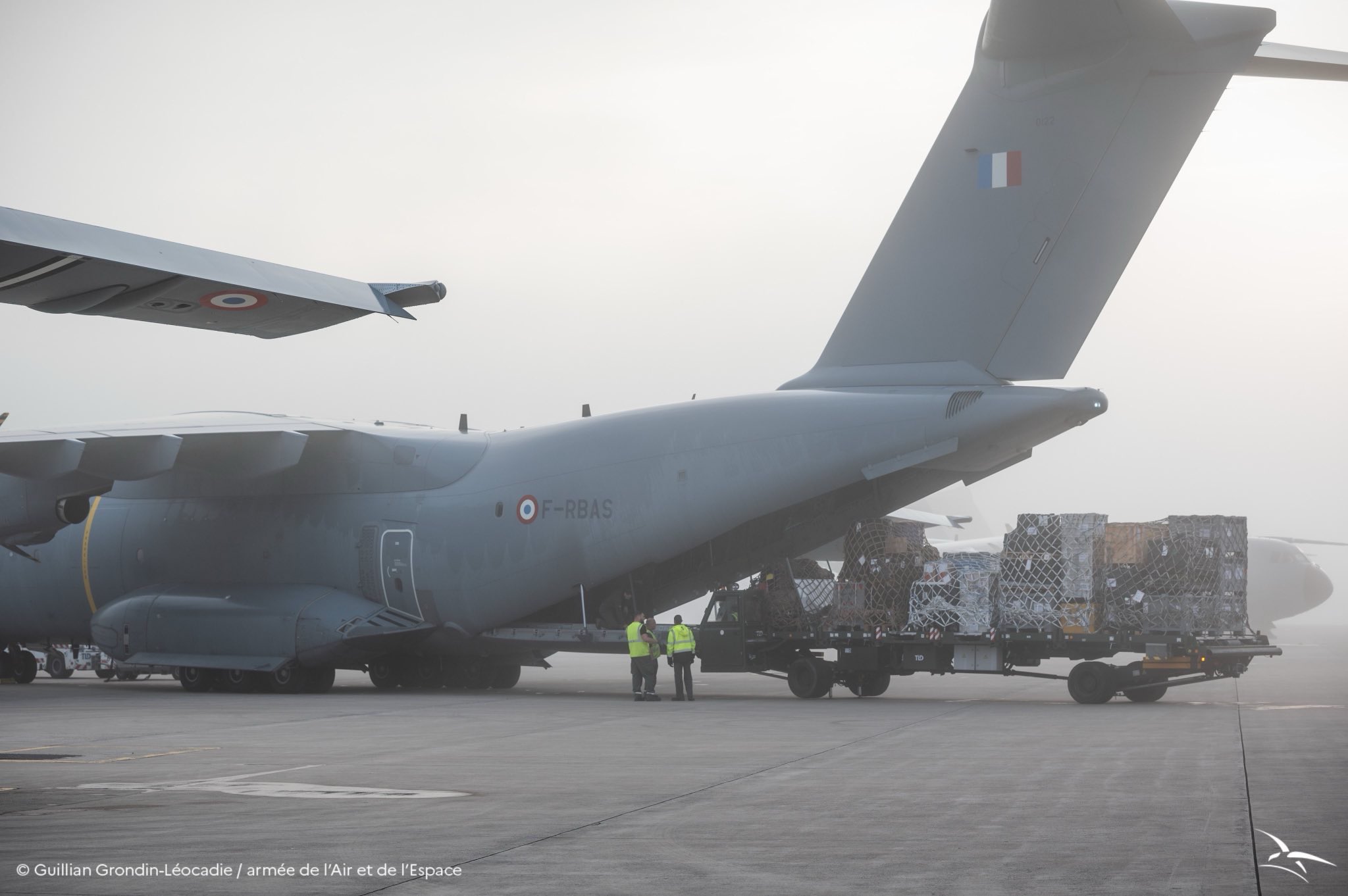
Writing on X, Etienne Marcuz, an associate fellow of the French think tank FRS, who focuses on strategic systems and nuclear deterrence, noted that at least some of the six Rafales deployed on Pégase 25 have been drawn from the airborne component of France’s nuclear deterrent. Specifically, this is the 4e Escadre de Chasse (4th Fighter Wing) of the Strategic Air Forces, home-based at Saint-Dizier.
As you can read about here, France has around 50 two-seat Rafale Bs assigned to the nuclear mission, armed with ASMP-A supersonic missiles and supported by a fleet of A330 MRTT aerial refueling tankers. These aircraft are dual-role, however, and are capable of a wide range of air-to-ground missions, and air defense ones, in addition to their strategic strike role.
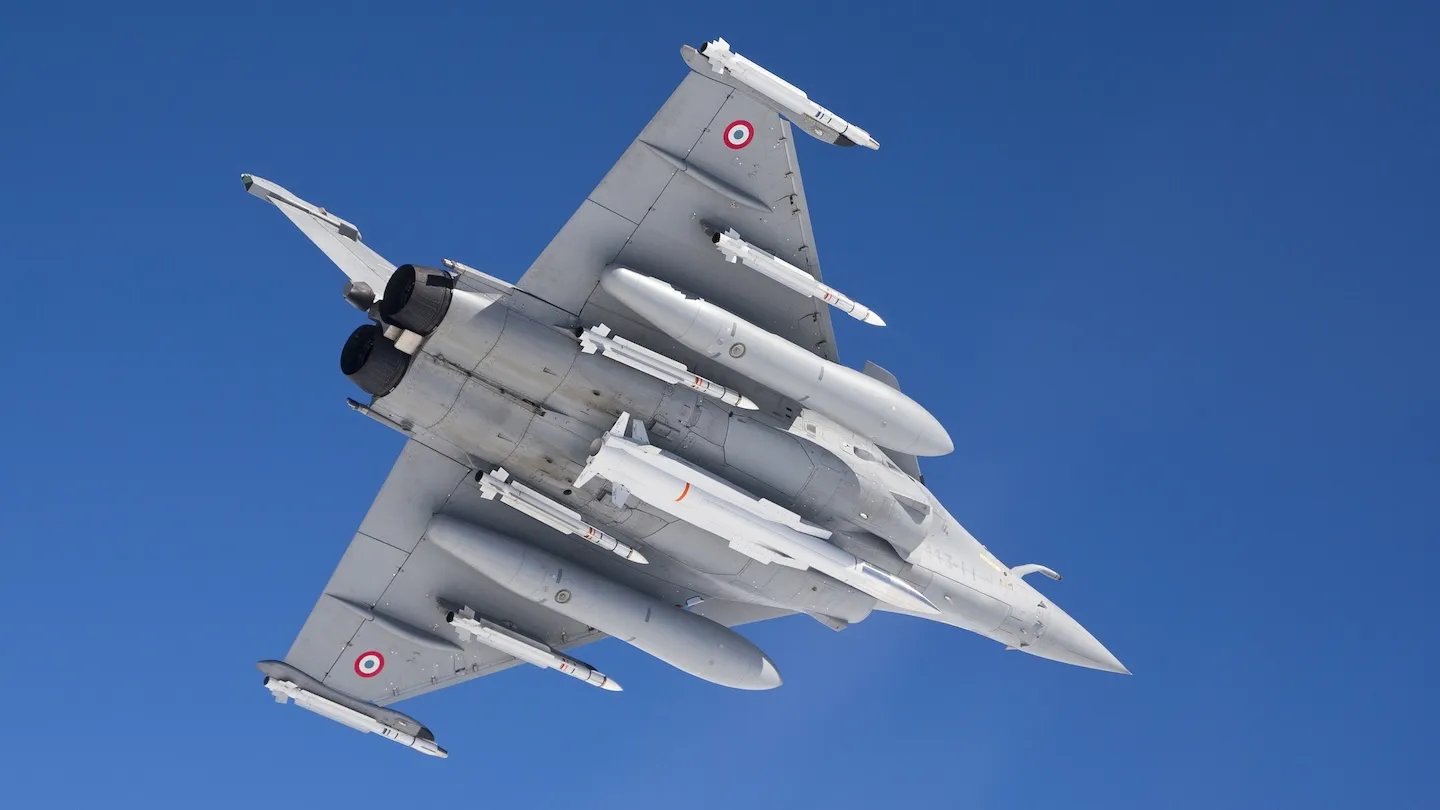
At this stage, it’s unclear what particular missions the aircraft are taking part in during Pégase 25, and we have reached out to the French Ministry of Defense for more details. As to the Pégase Grand Nord component, it appears that at least some of the French aircraft have landed in Sweden and will be operating alongside Swedish Air Force assets. However, it’s not clear if they will remain deployed in Sweden for a period or if they will move on to another country.
Reflecting the overall strategic nature of the exercise, Pégase 25 is also being run concurrently with a second set of maneuvers, known as Exercise Jade (standing for Jaillissement d’Escadre, or ‘wing burst’).
In the Jade drills, the French Air and Space Force is training to disperse aircraft from their home bases to alternative airfields, reflecting the kind of thinking that was prevalent during the Cold War, but which fell out of favor in the years immediately after that.
Having aircraft dispersed over a larger number of bases, including ones that don’t have a permanent combat aircraft presence, is also key to avoiding the destruction of these assets in any kind of initial attack launched by an aggressor and for sustained operations to keep ahead of the enemy’s targeting cycle. These tactics have been critical to the Ukrainian Air Force’s survival and are now underpinning U.S. air combat doctrine in the Pacific with the USAF’s ACE and Marines’ EABO playbooks.
In the latest Jade maneuvers, which began yesterday, all the operational Mirage 2000Ds and Mirage 2000Bs assigned to Nancy Air Base were ordered to disperse to five other airfields, without prior notice. These alternative airfields included two training bases that don’t normally host fighter aircraft.
Although nuclear-capable aircraft don’t appear to be involved in the latest Jade drill, the ability to disperse aircraft at short notice is especially important for the Strategic Air Forces. This reduces the risk of nuclear-capable Rafales being knocked out on the ground in a pre-emptive strike, ensuring the credibility of the French deterrent.
Potentially, dispersal of aircraft in this way can also make use of civilian airfields, which opens up many more opportunities to ensure the security of French Air and Space Force assets, by making it that much harder for an adversary to target them.
At the same time, sending Rafales and support assets to Sweden opens up the possibility of dispersing these aircraft to airfields outside of France. This could have multiple advantages in times of tension. As well as further complicating an adversary’s targeting plans, sending combat aircraft to Sweden, for example, puts them closer to potential targets in Russia. It also sends a clear signal that France will be willing to support its NATO allies should these come under attack.
It is likely no coincidence that Sweden, which is that much closer to Russia and is strategically located in the Baltic region and in proximity to the High North, was chosen for Pégase 25.
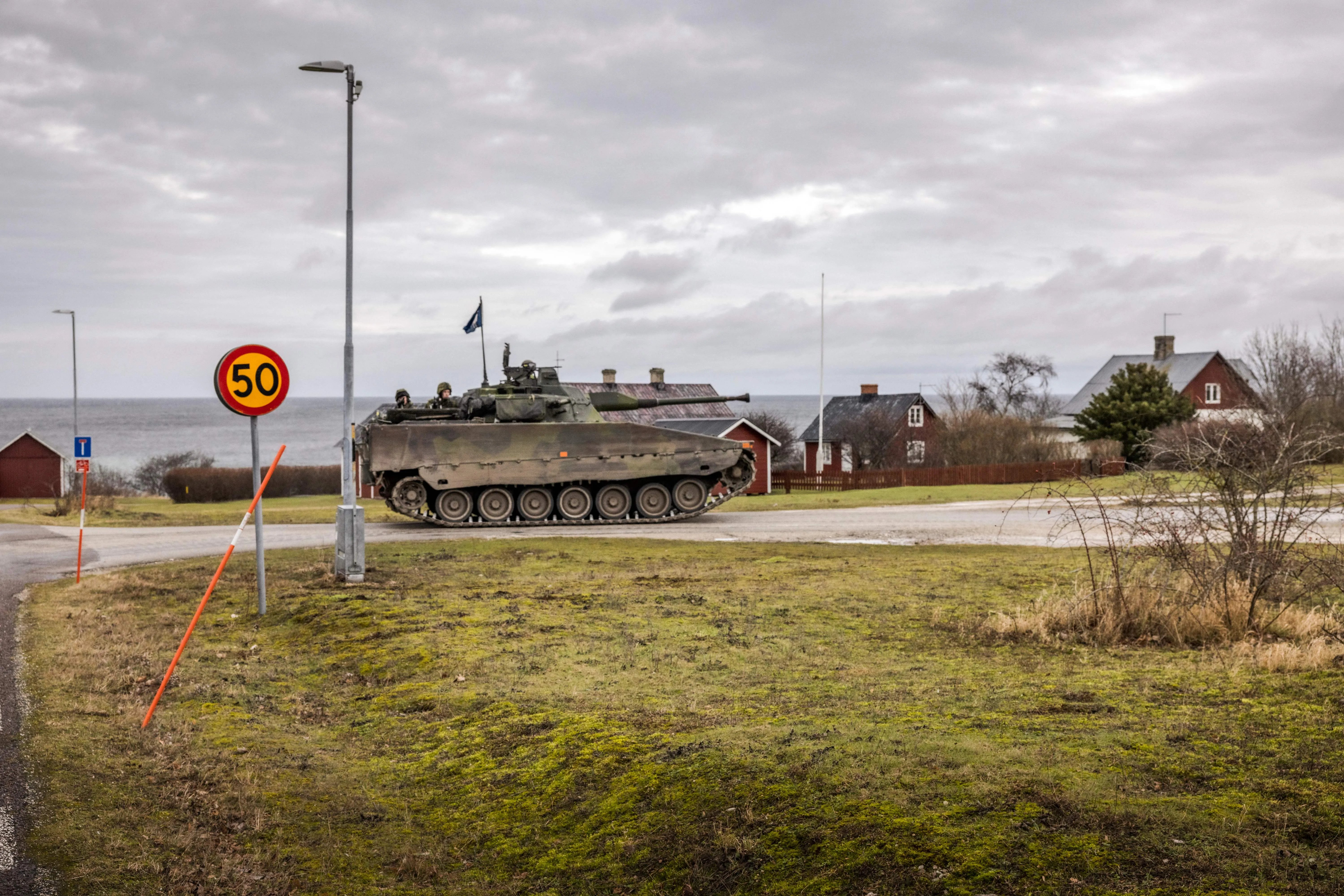
Taken together, Pégase 25 and Jade indicate that France is increasingly preparing for large-scale military contingencies that might be fought both on its own territory as well as elsewhere across Europe.
For Marcuz, it was not a surprise that the French Air and Space Force would send combat aircraft — specifically nuclear-capable ones — to Sweden, in light of broader security issues in Europe.
“At the end of February, I had identified the dispatch of Strategic Air Forces aircraft along Europe’s eastern border as a possible first step towards extending our deterrent to our neighbors,” Marcuz said. “At the time, I imagined a single long flight, but a mission such as Pégase 25 over several days offers the advantage of ‘visiting’ countries and training in greater depth with our allies.”

Depending on how long Pégase 25 continues, airbases in other countries could also be visited, increasing the opportunities for cooperative training as well as sending a deeper message to potential adversaries.
“However, we’ll have to wait for further communications, probably at a higher level, to find out whether this mission has an official ‘nuclear’ character, or whether it’s just implied (with a correspondingly weaker message),” Marcuz added.
Whatever the specific function of nuclear deterrence within Pégase 25, this is an area that France is currently looking to expand, to meet the resurgent Russian threat.
Last month, TWZ reported on how France will establish another nuclear-capable air base — its fourth — that will be equipped with two squadrons of the latest version of the Rafale. The new nuclear base will be Luxeuil, in eastern France, which will join those already operational at Saint-Dizier, Istres, and Avord. Notably, the nuclear base at Luxeuil is planned to receive the advanced F5-standard Rafale as well as the ASN4G missile, the next-generation standoff nuclear weapon for the French Armed Forces, which will fly at hypersonic speed.
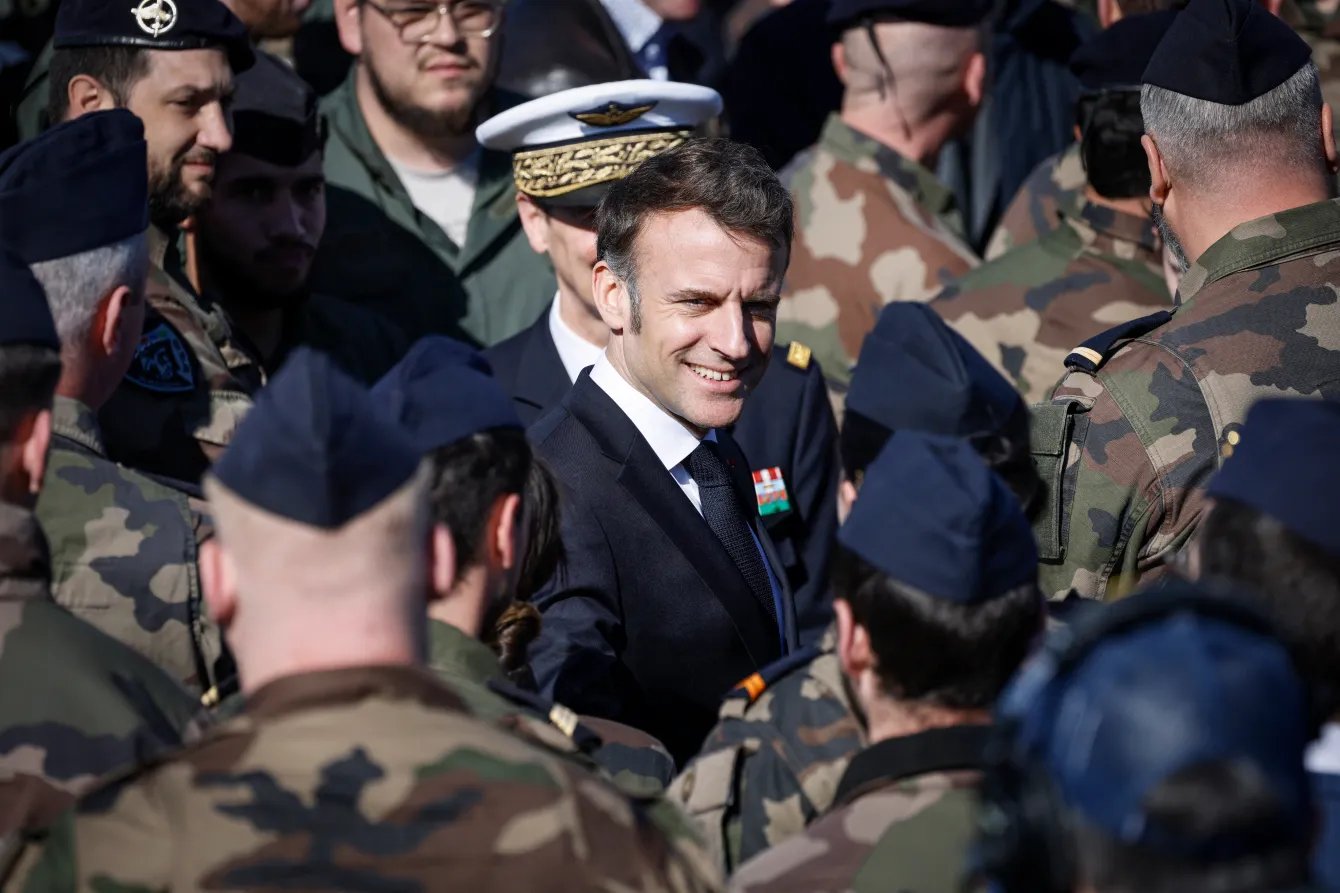
The fact that France operates an independent nuclear deterrent has brought this capability to greater prominence in recent months.
As TWZ has noted in the past:
France, meanwhile, has both submarine-launched ballistic missiles and air-launched nuclear missiles of its own design. More importantly, these weapons are technically independent of NATO nuclear planning, unlike the British nuclear deterrent, which is also closely intertwined with that of the United States. How this would all play out when confronted by the realities of a nuclear conflict involving NATO is unclear, but it does at least provide Paris with more flexibility when it comes to discussions of how its nuclear umbrella might be extended to European NATO allies.
Earlier this year, it was reported that France is looking at the possibility of deploying air-launched nuclear weapons to Germany, an idea driven by growing concerns that the United States may no longer guarantee European security under NATO. Before he was appointed German leader, Friedrich Merz meanwhile described talks with his British and French colleagues as being about European “nuclear sharing or at least nuclear security.”
According to a report in the British newspaper The Telegraph in February, citing an unnamed French official, “Posting a few French nuclear jet fighters in Germany should not be difficult and would send a strong message” to Russia, which would aim to bolster Europe’s nuclear deterrent.
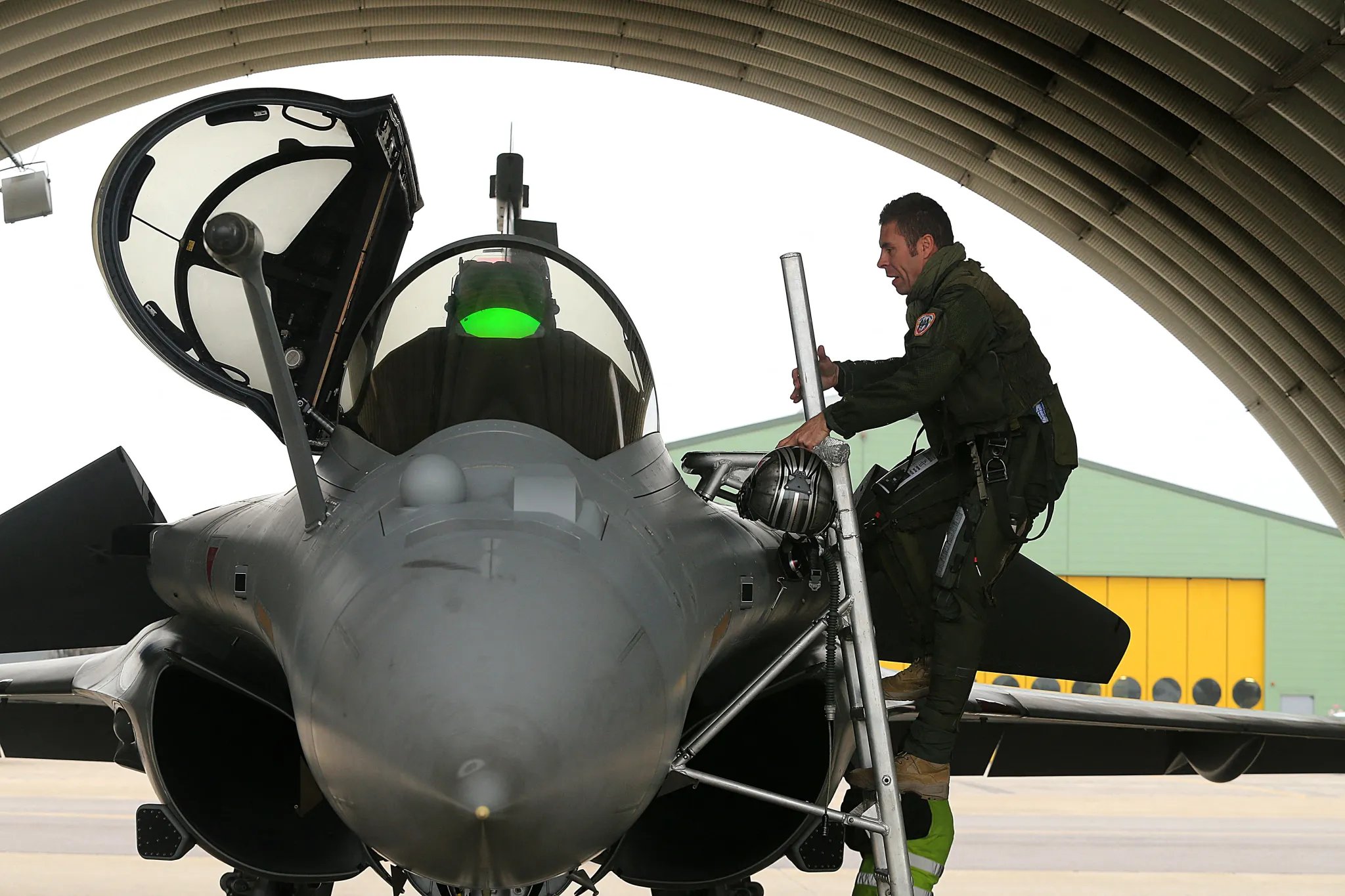
More generally, France is currently witnessing an increasing focus on building up Europe’s capacity to provide a defensive bulwark against Russia, driven to a significant degree by concerns about U.S. security guarantees. Of course, this includes a wide range of conventional capabilities, underpinned by the nuclear-tasked Strategic Air Forces.
The importance of the Pégase 25 drills in the wider European security context is also made clear in the French Air and Space Force’s own statement on the maneuvers: “Pégase 25 is more than an exercise: it’s a concrete commitment to European security alongside our allies. Deter, protect, act together.”
While we don’t know for sure to what degree the Pégase 25 exercise is focused on nuclear warfighting, it’s significant that nuclear-capable Rafales and their strategic support assets are involved. More generally, it’s notable that the maneuvers are being highlighted as an explicit demonstration of the French commitment to broader NATO security in Europe.
Contact the author: thomas@thewarzone.com
